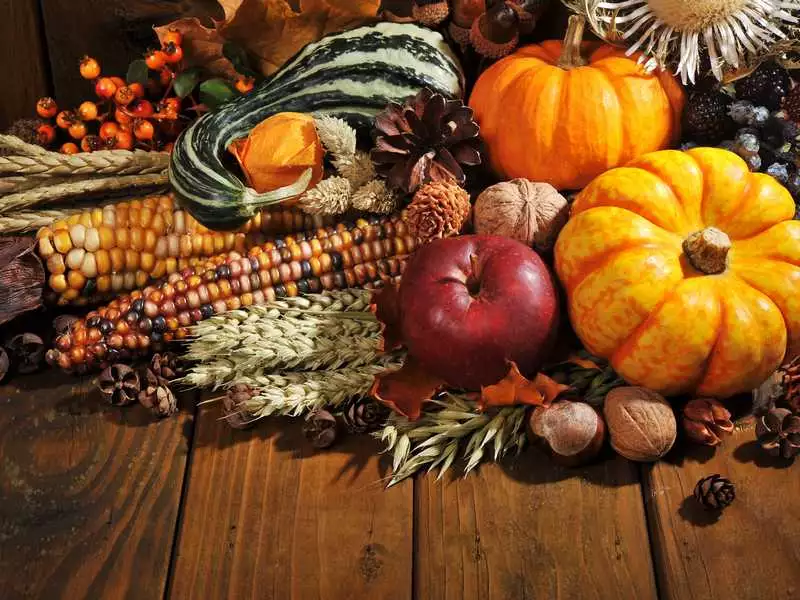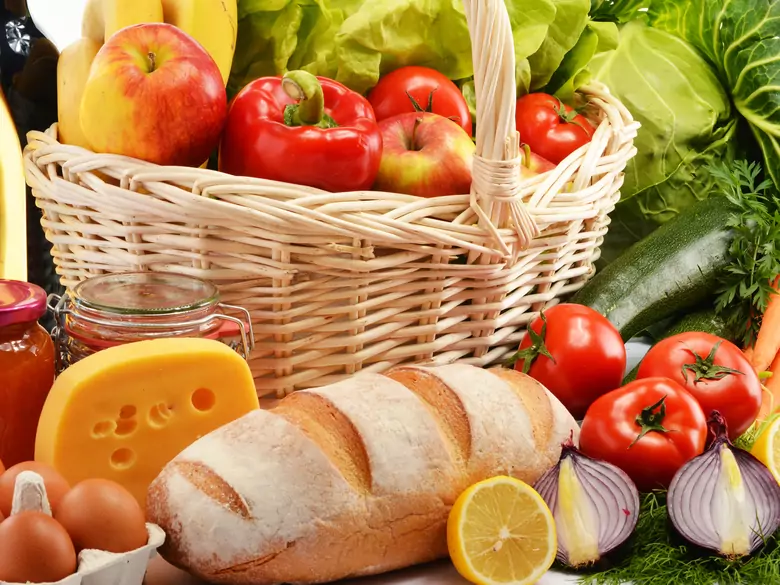The foods most likely to cause a severe generalised allergic reaction - anaphylaxis - in allergic individuals are primarily cow's milk, egg white, peanuts and sometimes shellfish and sea fish. However, these are not all foods that are potentially dangerous for allergy sufferers.
Nuts
All nuts that grow on trees, i.e. cashew nuts, hazelnuts and walnuts, and those belonging to a related product group: almonds and pine nuts, have allergenic properties. In addition to their pure form, these nuts can be found in products such as baked goods, confectionery, ice cream, marzipan, nut oils, dairy desserts, chocolate creams, confectionery, Asian dishes, chocolate and chocolate-like products. The allergenic potential of the listed species is lower than that of peanuts.
Groundnuts (peanuts)
One of the most important products causing anaphylaxis regardless of the age group of allergic persons. Peanuts are a legume that grows underground. They generally cause violent, potentially life-threatening allergic reactions, up to and including anaphylactic shock. Apart from their pure form, they are found in cakes, pastries, curry dishes, desserts, sauces, as well as in oil and peanut flour. Also chocolate and chocolate-like products may contain traces of peanuts, sufficient to cause anaphylaxis. Peanut allergy persists for several years even throughout life. There is an increasing prevalence of allergy to this product and a lowering of the age limit of sensitised children.
Fish
Potentially any species of fish can cause allergic symptoms, although the most common reactions are caused by marine fish species. As well as being found in its pure form, fish is also an ingredient in fish sauces, salad dressings, stock cubes, Asian sauces, pizza, and Worcestershire sauce. They can cause severe allergic symptoms up to and including anaphylactic shock. Fish allergies generally persist for several years or even longer.
Celery
Of all vegetables, celery is the one that most frequently causes allergic reactions. All its parts - root, leaves, stem and seeds - have allergenic properties. Apart from its pure form, celery can be found in salads, processed meat products, including frozen, ready-made soups, stock cubes, pâtés and powdered vegetable seasonings.
Shellfish
Crustaceans include crabs, lobsters and shrimps. In addition to their pure form, they can be added
in Asian curry dishes and salads, fish sauces and pastes. Like molluscs and fish, shellfish cause severe allergic reactions in allergic people, even if the allergen is present
in food only in trace amounts.
Soya
Allergic reactions to soya are relatively rare, especially in European countries, in contrast to Asian areas where consumption of soya products is high. This product is found in foods as soy protein or soy lecithin. In addition to soy-based delicatessen products, it is also an ingredient in tofu, and is found as an additive in cold meats, meat and soy pates, sauces, mayonnaise, margarine, baked goods, confectionery, chocolates, bars, ice cream and dairy desserts. Soy is also a major ingredient in soy sauce and oil. It can also be found in medicines.
Cereals containing gluten
Gluten is not only found in cereals such as wheat, rye, triticale, spelt, barley and oats and their derivative products (groats, pasta, flakes, flour). It is also found as an additive in processed meats (pâtés, sausages, tinned meats, cold cuts, delicatessen products), soft cheeses, drinks, powdered soups and sauces, yoghurts, chewing gums, flavourings, condiments, salad dressings, biscuits, chips. Gluten is also contained in some medicines and ready meals for children. It can also be present in beer. Gluten allergy, unlike coeliac disease, which is based on a different immune mechanism, is relatively rare.
Sesame seeds
Sesame is the main ingredient in vegetarian hummus paste and sesame tahini butter. It is also found in vegetarian pates, baked goods (sprinkled with sesame seeds), creams, cakes, ice cream and sweets. Rarely, but can cause severe anaphylactic reactions.

photo: panthermedia
The products shown represent the most significant items among the triggers of generalised reactions to food. These products, along with hymenoptera venom, drugs and latex, can trigger a sudden and life-threatening allergic reaction in sensitised individuals. Most often, the first contact with the product is sensitising; repeated contact may already be triggering symptoms of a generalised allergic reaction. Increased symptoms of this type are called anaphylaxis. The most severe form is anaphylactic shock, which is directly life-threatening. In some cases, only rapid administration of an appropriate pharmacological agent can save the patient. Any patient following a generalised allergic reaction requires diagnosis at a specialist allergy centre.









